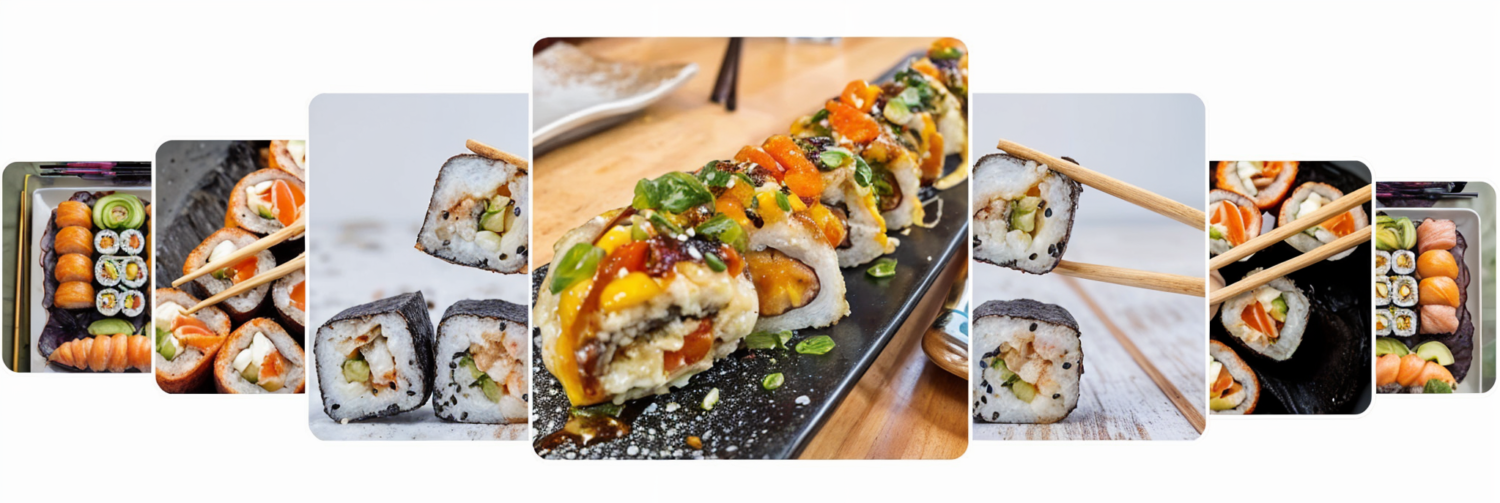Table of Contents
ToggleMasago vs Tobiko Eggs in Sushi Recipes
Sushi, a timeless Japanese delicacy, often features a variety of ingredients that bring vibrant color, texture, and flavor to each bite. Among these, fish eggs—masago and tobiko—are key players, each adding its own distinctive flair to sushi recipes. But what’s the real difference between masago and tobiko? Let’s dive into the world of these tiny, flavorful eggs and explore what makes them unique.
What is Masago in Sushi?
Masago, often referred to as capelin roe, is a type of fish egg commonly used in sushi rolls and other Japanese dishes. These small, crunchy eggs are usually a bright orange color and offer a slightly salty, briny taste. Masago is most commonly used as a garnish, providing a pop of color and texture to rolls like the California roll or even as a topping for nigiri. Unlike tobiko, masago eggs are often smaller in size, making them a perfect addition to dishes where a delicate, subtle touch is desired
What is Tobiko in Sushi?
Tobiko, on the other hand, is the roe of the flying fish, and it’s known for its larger, slightly firmer texture compared to masago. Tobiko is typically bright orange, though it can sometimes be found in other colors, such as red, black, or green, depending on how it’s prepared. The flavor is a bit more intense than masago’s, with a subtle smokiness and natural sweetness that makes it a popular choice for sushi chefs. Tobiko is often used in specialty rolls like the Dragon roll or as a garnish on sashimi, giving dishes a distinctive look and taste.
Masago vs Tobiko in Sushi: Distinguishing Features and Usage
Now that we’ve covered what masago and tobiko are, it’s time to compare them directly. When it comes to texture, tobiko has a slightly larger, firmer consistency, while masago tends to be finer and more delicate. The flavor of tobiko is bolder and more complex, with a faint sweetness that enhances sushi rolls, whereas masago is subtler, bringing a more straightforward salty tang to the dish.
In terms of usage, both types of roe are versatile and can be used in a variety of sushi preparations. Masago is often found in budget-friendly sushi options and is a great choice for adding a touch of color and flavor without overpowering the other ingredients. Tobiko, however, is favored for its larger size and more robust flavor, making it perfect for gourmet rolls or as an eye-catching topping for nigiri.
Both masago and tobiko have their place in the world of sushi, and whether you prefer one over the other often depends on the dish you’re making and the flavors you’re trying to highlight. Whether you’re savoring a delicate bite of masago on a California roll or enjoying the boldness of tobiko on a Dragon roll, these fish eggs are essential to the sushi experience.


1 thought on “Masago vs Tobiko: Key Differences in Sushi Eggs”